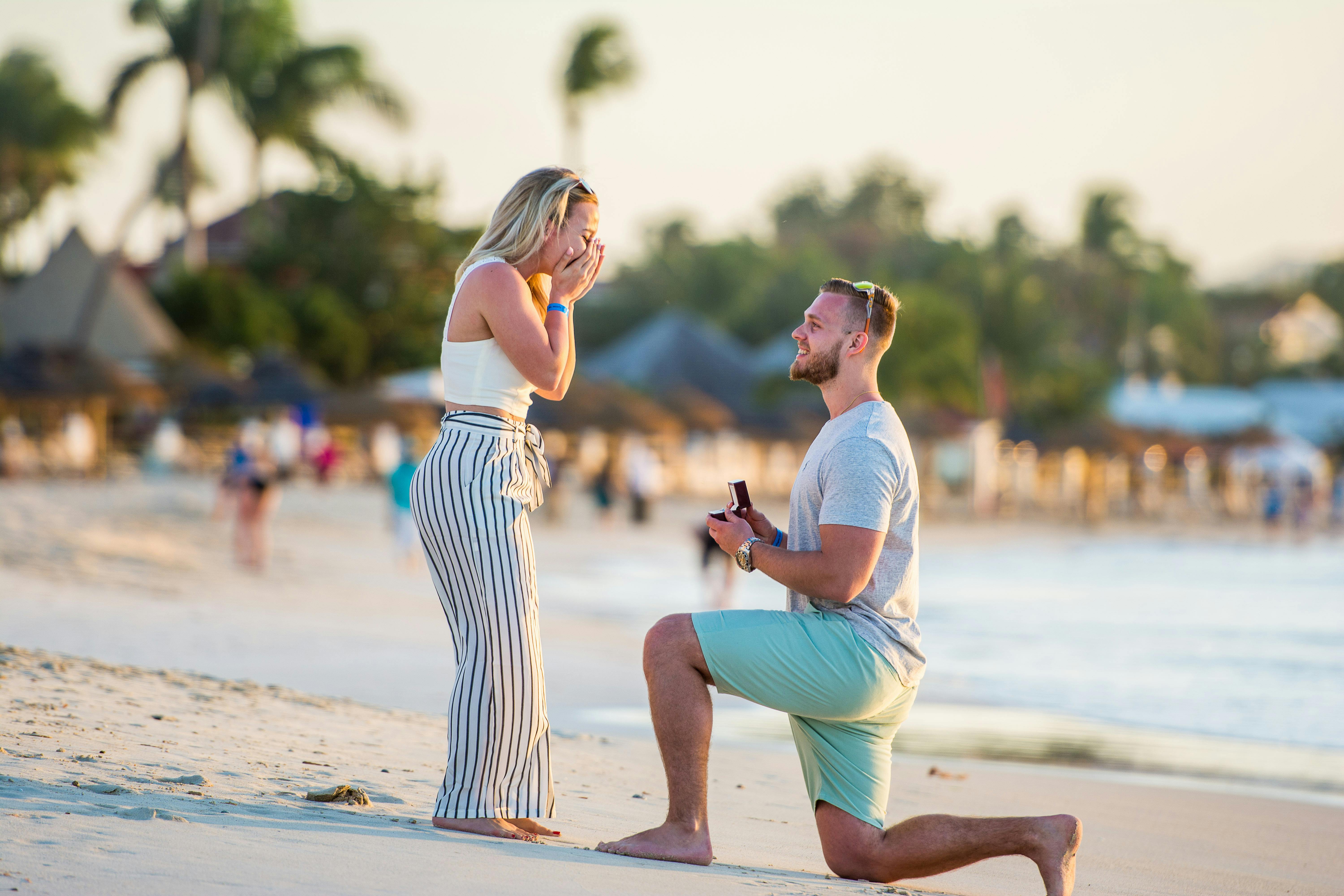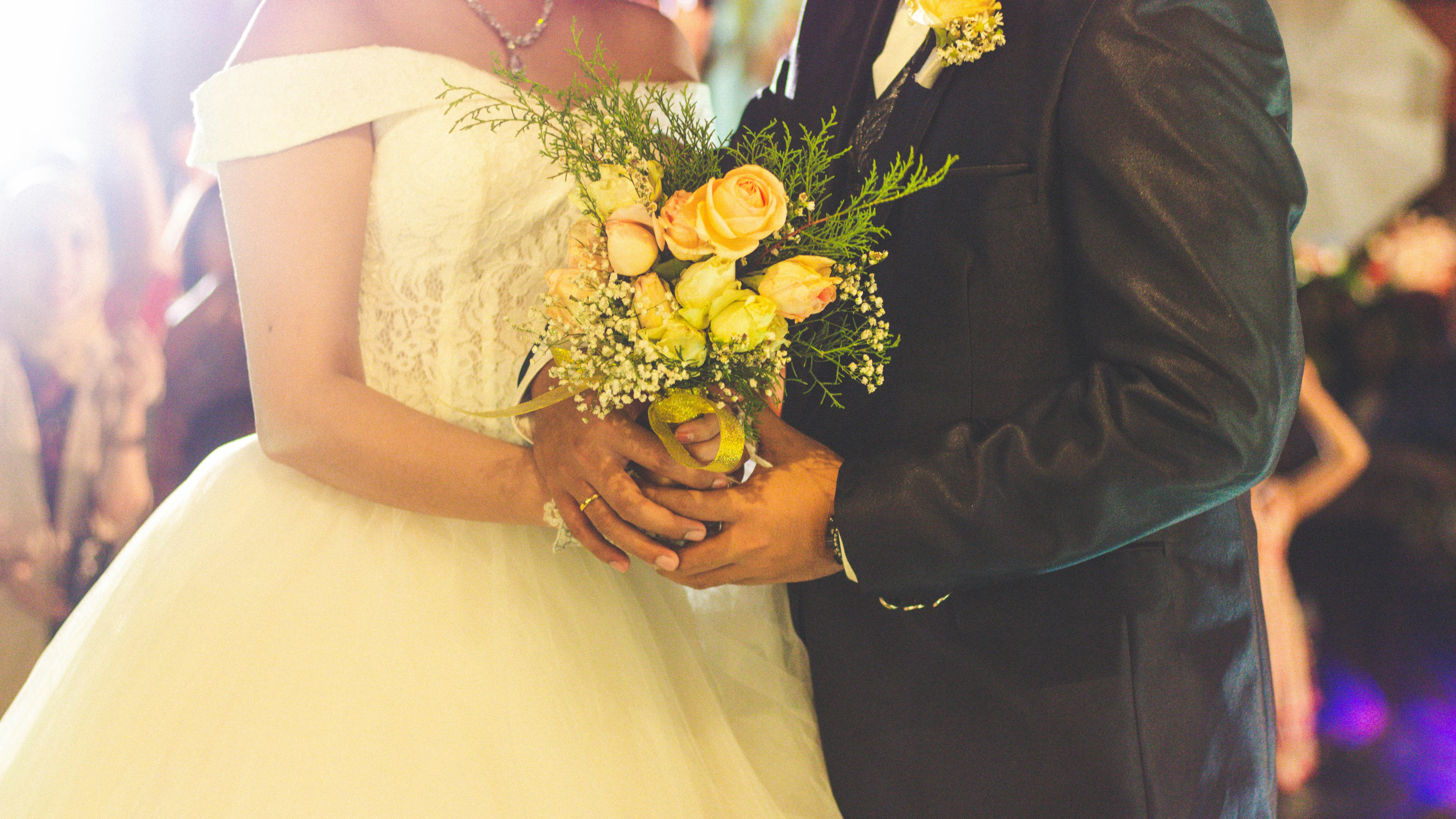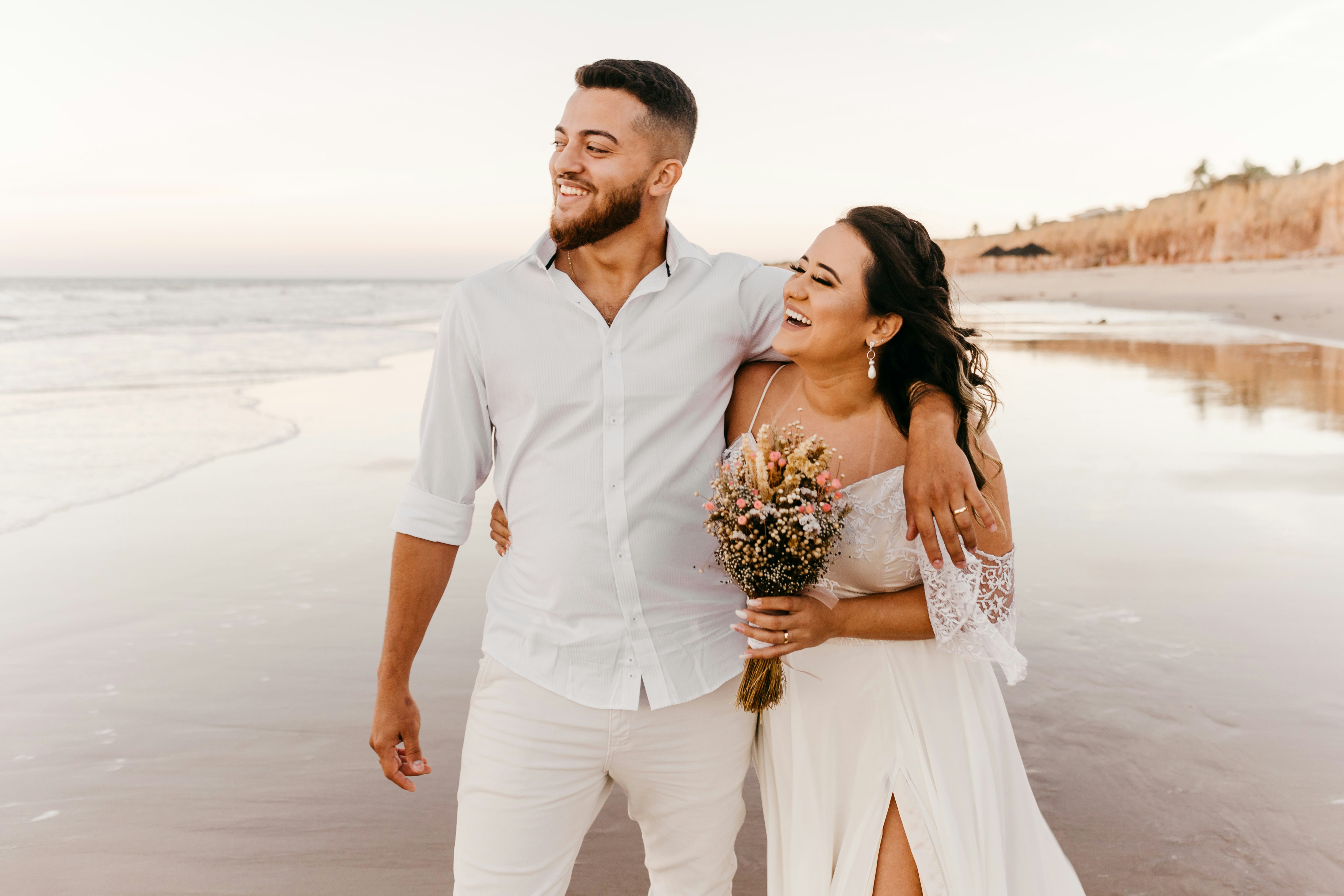How Much Should You Spend on an Engagement Ring?

You can’t put a price on love — but when it comes to an engagement ring, those in love often feel it’s exactly what they have to do. Years ago, the “rule” was to spend one month’s salary on a ring. Then two, then three. But contemporary couples are less interested in following old formulas and more in following what makes sense for their lifestyle, financial goals and values.
“Although the concept of a three-month salary is still quoted, for most couples this is not the yardstick and they calculate their own budget according to their financial status and priorities,” says Marissa Hale, jeweler and founder of Northlight Atelier. From the setting and center stone to your budget and long-term goals, there’s a ton to consider.
Whether you’re selecting the ring undercover or openly discussing it with your partner, here’s how to approach the price tag — and what real couples are really spending.
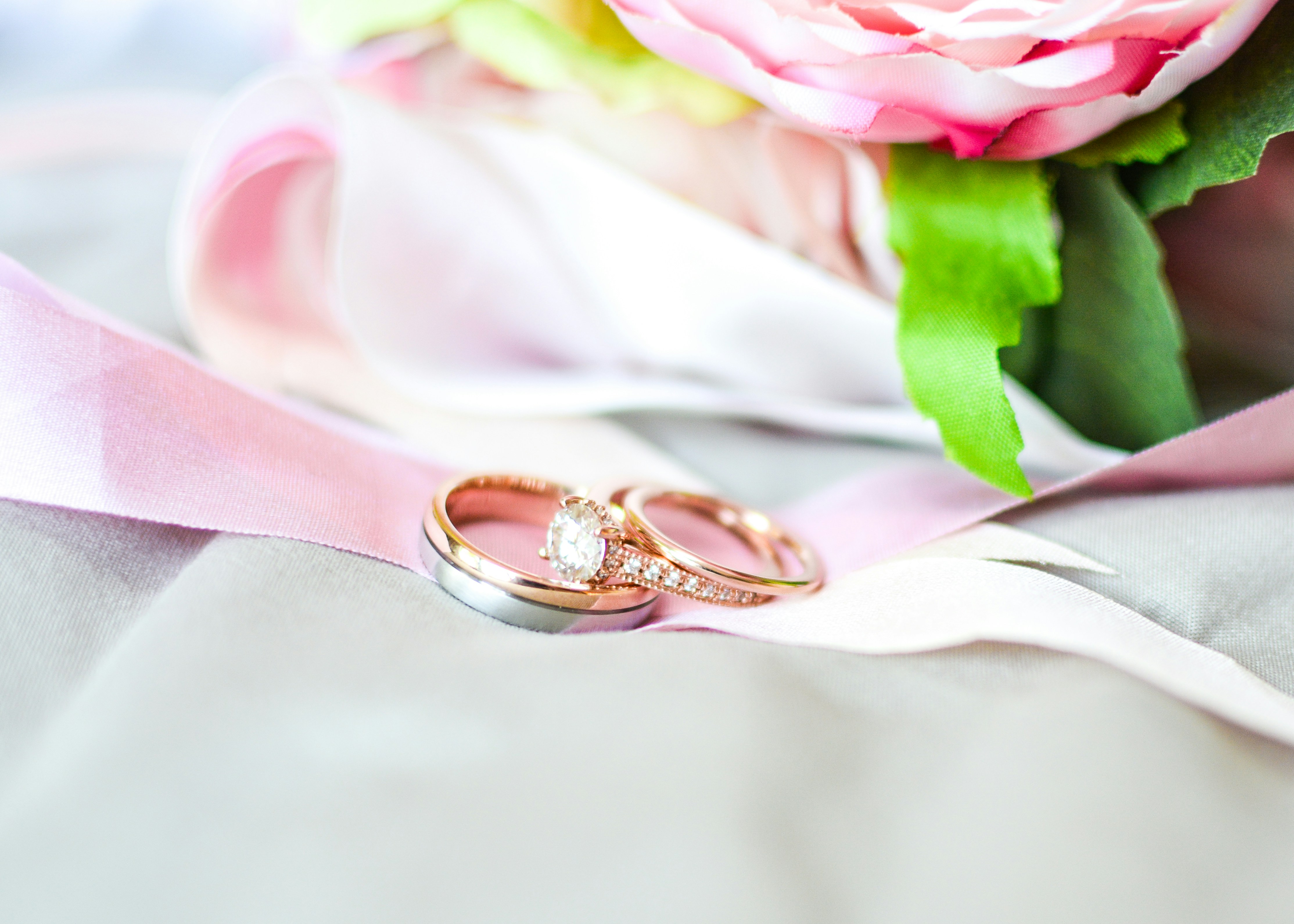
How Much Do Couples Spend Now?
A 2024 survey by the design house Evermere found that the average cost of a one-carat natural diamond was approximately $6,000, while a two-carat lab-grown diamond’s average cost was about $3,750. Other popular stones — such as emeralds, rubies and sapphires — were between $3,000 and $4,500, depending on the size and whether they were lab-grown or natural.
The majority of clients, Hale says, however, spend from $3,000 to $10,000 on an engagement ring — some much more. “It comes down to preference and pocketbook. I’ve seen couples who ($2,000) and others who spent ($25,000),” she says.
3 Things That Will Help You Decide on Your Ring Budget
Your Financial Situation
The process of determining a ring budget should start with a cold, hard review of what you’ve got to spend. “Consider your savings, debt and other financial goals before you commit to a number,” financial planner Alana Pierce of Newtree Advisory says.
If you are saving over the course of many years, you can include investment accounts and savings strategies other than college savings plans, to avoid drawing down retirement or emergency accounts, or being required to run up high-interest credit card debt.
Also take into consideration your stage of life: Couples who are just beginning their careers may want to go for something simpler, while more-established pairs may feel that sizing up (or customizing) is possible.
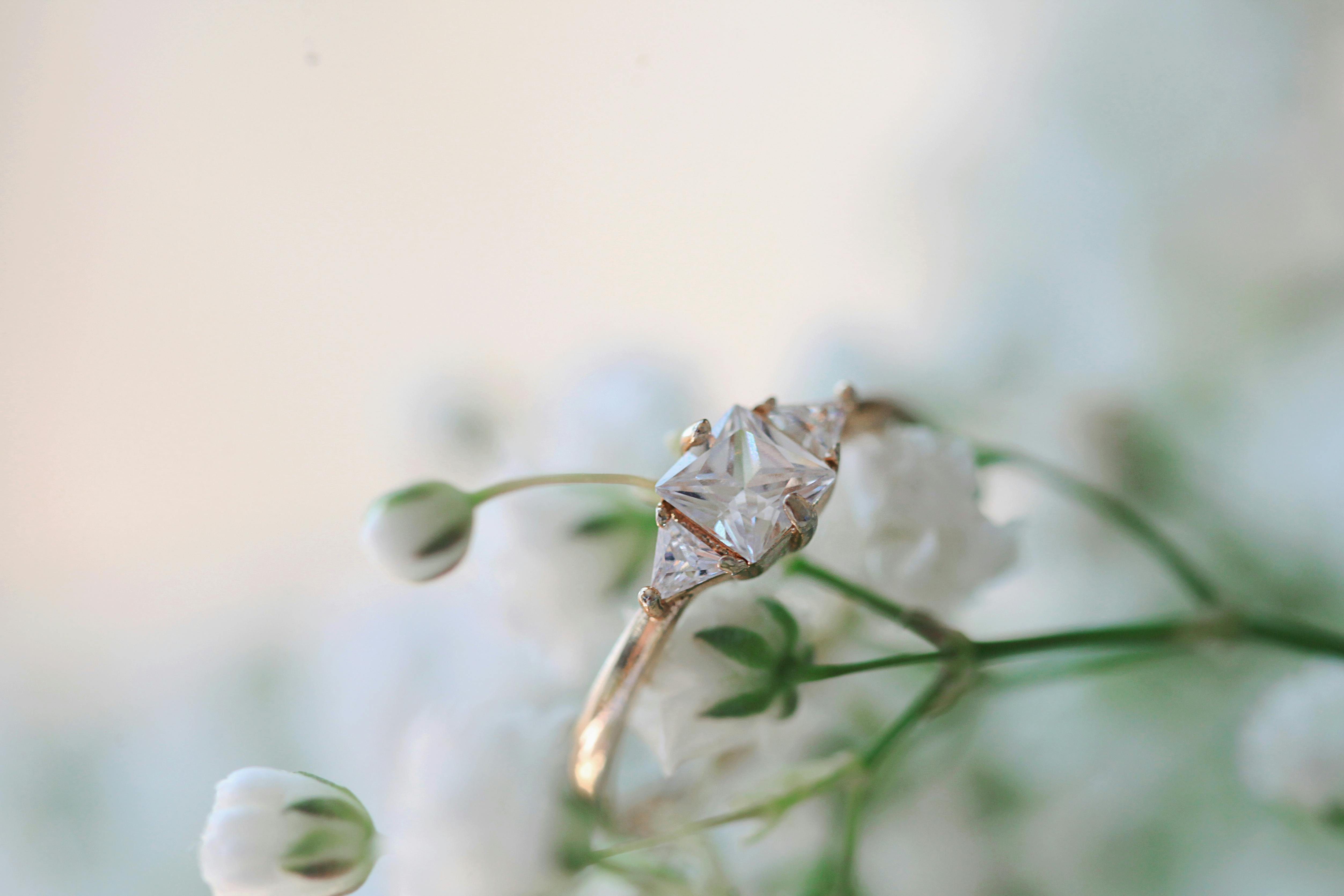
Your Wedding Plans
Your wedding vision could also impact your ring budget. If you are planning a destination wedding or a larger event, this might give you a different set of priorities vs planning a small wedding ceremony.
“Some couples include the cost of the ring in the overall wedding budget, while others treat it as its own purchase,” says Hale. “The timeframe from engagement to wedding may also play a role in how much you are willing/able to spend.”
And if you have yet to have the conversation about wedding expenses, now is the moment. “An engagement and wedding are things that can get expensive quickly—rings, events, attire and travel,” says Pierce. “Discussing money openly early can prevent stress later.”
Your Partner’s Preferences
The person wearing this ring every single day has to absolutely love it — which means their taste is just as important as the budget. “Specialty cuts and added design details can drive up cost, especially if your partner is interested in a specific shape, stone, or setting,” Hale says.
If you are using an heirloom or vintage stone, the price may vary depending on the metal or the complexity of the setting. “Whether we’re sourcing a stone or designing around one the client already has, that decision will affect the price in the end,” said the designer Juno Leigh of Arcadia Fine Jewelry.
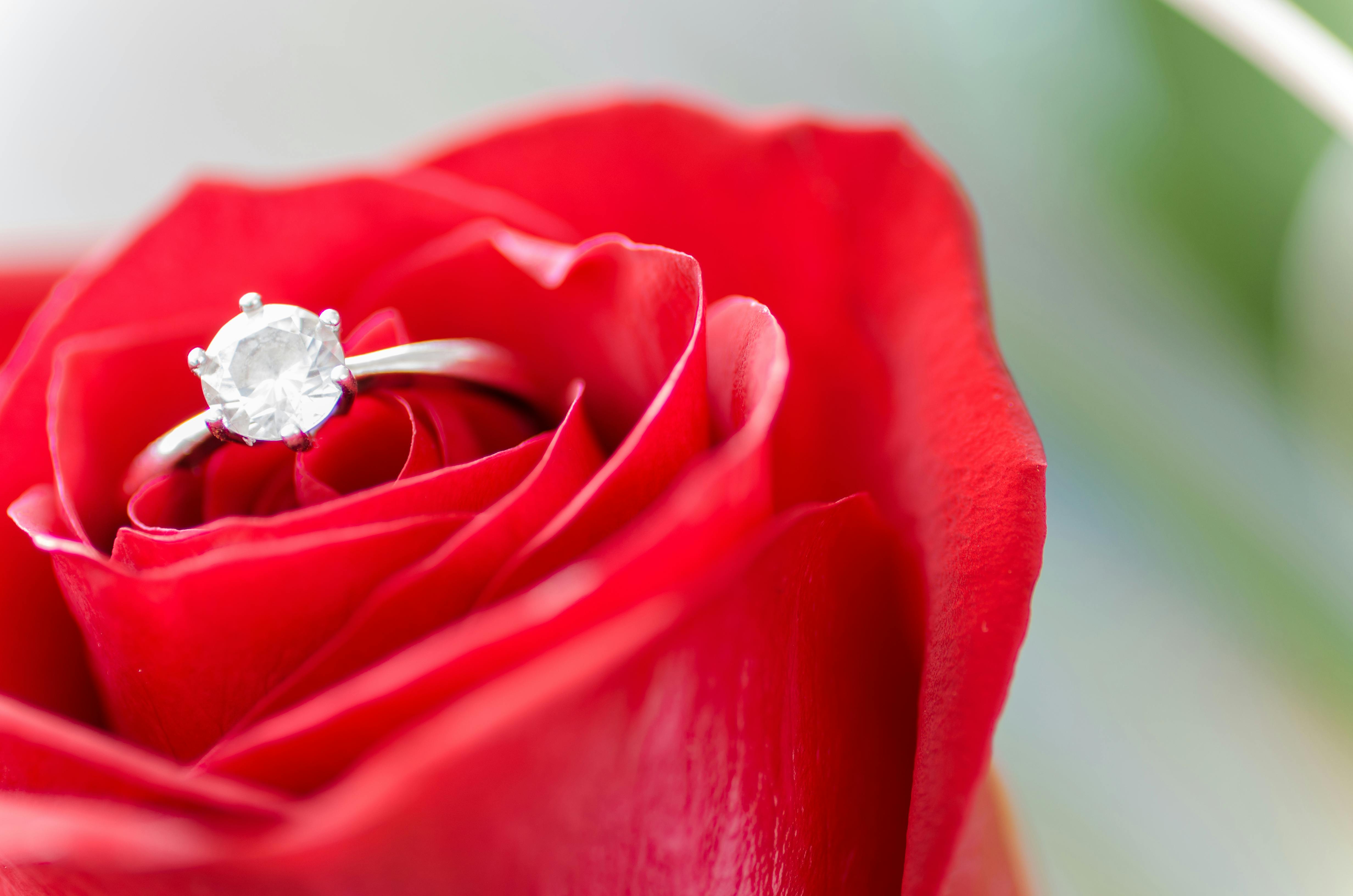
How to get the most out of your budget for an Engagement Ring
Choose Your Priorities
Diamonds are evaluated on the four Cs — cut, clarity, color, and carat — but you don’t necessarily need to max out all four to have a beautiful ring. “We assist clients in discovering what is most important to them, whether that’s sparkle, size or setting,” says Leigh. “For instance, if somebody is really adamantine about a yellow gold, maybe we’re going to play down color in a stone, because the metal will hide some of the warmer tones.”
Design With Impact
As for a well thought out design, a perfectly petite (or gigantic) ring can be absolutely beautiful. “If the design is strong, a smaller stone can have just as much wow factor as a larger one,” says Hale. Consulting with a designer or a gemologist can help you find the right balance between the stone and the setting for the most visual bang for your buck.
A lot of our clients aren’t particularly interested in carat size.” Leigh adds. “They’re actually not that interested in how it’s done — they’re much more focused on finding something that feels personal and unique.”
Consider Options to diamonds
Though diamonds continue to be a traditional option, more and more couples are choosing colored stones, too, such as sapphires, emeralds, and even pearls. For couples willing to break from tradition, there is a variety of color and pricing to be excited about,” says Leigh. “We’re designing beautiful rings around rubies and even moonstones.”
These alternatives can typically stretch your budget a little further while offering a higher degree of customizability.

Go Custom—Even on a Budget
Custom can be synonymous with expensive, however. In reality, hiring a designer can help ensure that you get exactly what you want that you can afford. “Most of our clients bring in a design idea and an amount that they are comfortable spending,” Leigh says. “We customize everything to match their vision and budget, from our sourcing of stones to the setting style,”
Final Thoughts
There’s no rule of thumb for how much you should spend on an engagement ring in 2025 — and that’s great. Couples today are relishing that freedom to invest in what’s most important to them--soulful design, lifelong durability, and financial sensibility.
Whether you’re paying $2,000 or $20,000, the perfect ring is one that tells your story, captures your style and embodies your shared dreams. Because after all, the price is just one part of the commitment — you are building something much larger together.
